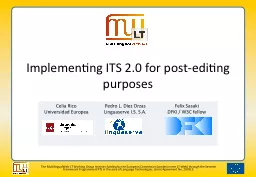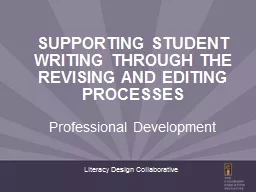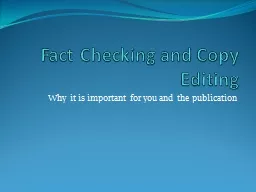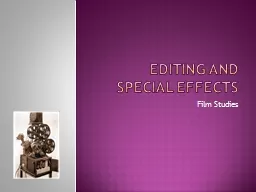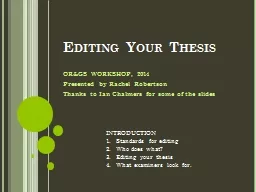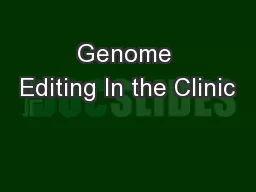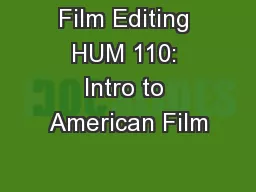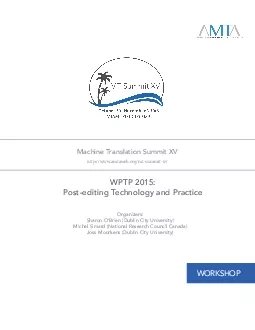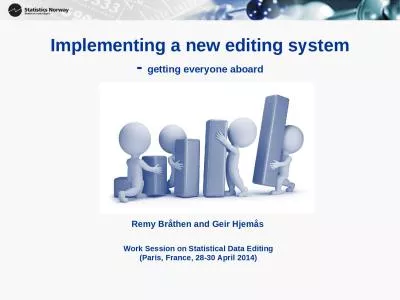PPT-Implementing ITS 2.0 for post-editing purposes
Author : altigan | Published Date : 2020-07-02
Celia Rico Universidad Europea Pedro L Díez Orzas Linguaserve IS SA Felix Sasaki DFKI W3C fellow This paper presents part of the work carried out in EDITA
Presentation Embed Code
Download Presentation
Download Presentation The PPT/PDF document "Implementing ITS 2.0 for post-editing pu..." is the property of its rightful owner. Permission is granted to download and print the materials on this website for personal, non-commercial use only, and to display it on your personal computer provided you do not modify the materials and that you retain all copyright notices contained in the materials. By downloading content from our website, you accept the terms of this agreement.
Implementing ITS 2.0 for post-editing purposes: Transcript
Download Rules Of Document
"Implementing ITS 2.0 for post-editing purposes"The content belongs to its owner. You may download and print it for personal use, without modification, and keep all copyright notices. By downloading, you agree to these terms.
Related Documents

